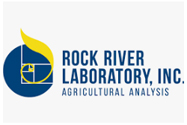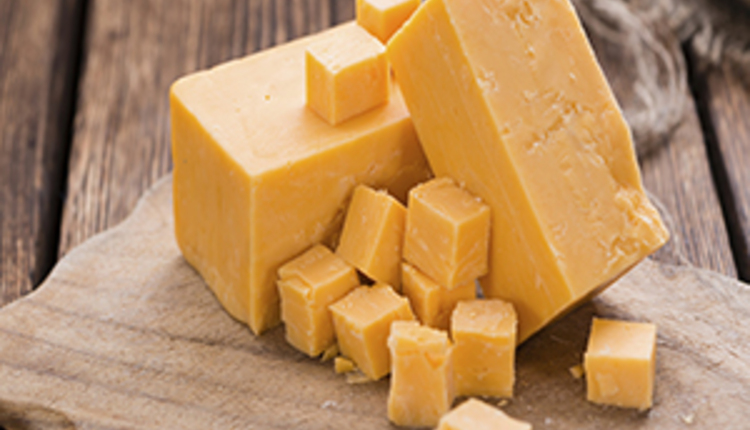The information below has been supplied by dairy marketers and other industry organizations. It has not been edited, verified or endorsed by Hoard’s Dairyman.

Leaning on decades of research, corn silage and grain starch digestibility is known to be affected by:
- Seed genetics
- Growing conditions
- Agronomic practices
- Harvest timing and management
- Crop and grain maturity
- Kernel processing
- Length of time in the silo and fermentation
Many of these items are outside of that which can be adjusted or changed at this point in the year, however, Goeser recommends alternative diet formulations and management strategies that can improve diet energy when lacking.
Start with a fecal check
Dr. Mike Hutjens and Dr. Jimmy Ferguson taught the dairy industry to use high cow fecal samples to quickly and accurately check for opportunities in corn grain and silage starch digestibility. If dairy, beef, or youngstock diet starch digestibility is thought to be suffering, and economic opportunities perceived, a simple fecal sample from roughly 10 animals will uncover potential starch digestibility opportunities.
“For dairy, the fecal starch goal is less than one percent starch in manure. For beef, the goal is less than three percent of dry matter,” shares Goeser. “With $6.50 and greater prices per bushel, there is no room in manure for corn grain.”
If starch digestibility is found to be lagging, Goeser suggests checking into the following areas to address the economic and performance opportunities:
Supplemental grain particle size or steam flaking
While the kernel processing extent in silage can not be adjusted after harvest, the supplemental corn grain particle size can be assessed and managed.
“Guidelines suggest that corn grain mean particle size for excellent dairy performance should be less than 300 micron when assessed with current mean particle size techniques,” explains Goeser. “The smaller the particle size, the more digestible the corn grain. When silage starch digestibility is lacking, measure and focus on supplemental corn grain particle size to bridge the gap.”
In addition to fine-ground corn, steam-flaked corn can dramatically increase rumen and total tract starch digestibility for dairy and beef herds. This feed ingredient warrants further evaluation if diet starch digestibility suggests substantial economic opportunities. He adds, “ consider including supplemental raw corn starch if available and the feed ingredient economics allow.”
Swap starch for sugar or other fermentable feeds
Dairy and beef cattle do not have diet starch requirements. Rather these high-performing ruminants have digestible carbohydrate requirements. Dietary sugar, fermentation acids and alcohol, and starch combine to provide rapidly available energy in the diet.
Goeser shares, “when starch is lagging in digestibility or energy value, consider bringing in high-quality sugar sources or other high-energy feeds if economics permit. Sugar sources rich in fructose, glucose, sucrose, or lactose can contribute readily digestible energy and kick start the rumen with a bit of needed diet energy.”
Nutritionists should also keep ingredient consistency and the sugar profile in mind if feeding sizable supplemental sugar quantities or liquid feeds.
Other nutritional strategies
The two areas described prior are well-recognized approaches to challenging grain and starch digestibility in dairy or beef diets. There are other paths to addressing diet starch digestibility, such as including bacterial probiotics or supplemental enzymes.
“During times like these, these nutritional strategies or solutions warrant discussion. But go through some due diligence, and ask for research prior to making a sizable investment in these added ingredients,” cautions Goeser “The rewards can be plentiful, however, there are many different ingredients and options available for dairy and beef diets thus some reading and evaluation is warranted.”
Many factors affect dairy and beef cattle performance. Starch digestibility has commanded increased attention in the past 18 months, and looks to be a continued hot topic heading into 2023. Consider the nutritional strategies discussed if starch and grain digestibility is a focal point for your dairy and beef nutrition program.
Founded in 1976, Rock River Laboratory is a family-owned laboratory network that provides production assistance to the agricultural industry through the use of advanced diagnostic systems, progressive techniques, and research-supported analyses. Employing a team of top specialists in their respective fields, Rock River Laboratory provides accurate, cost-effective, and timely analytical results to customers worldwide, while featuring unsurpassed customer service.










